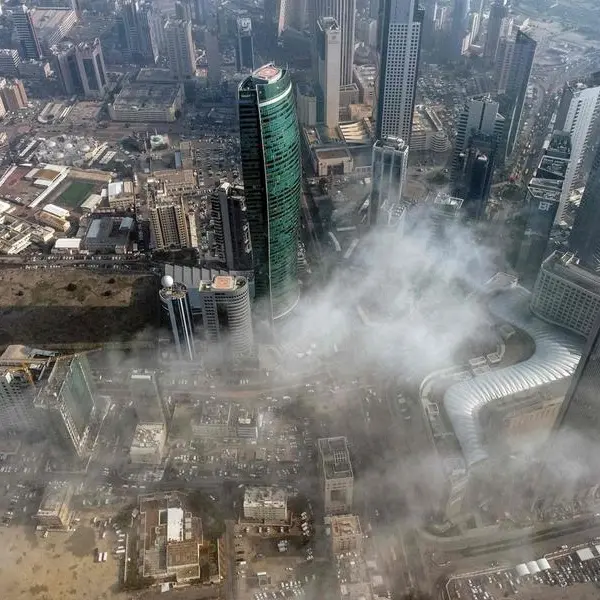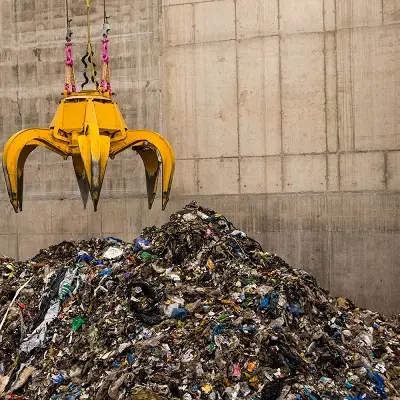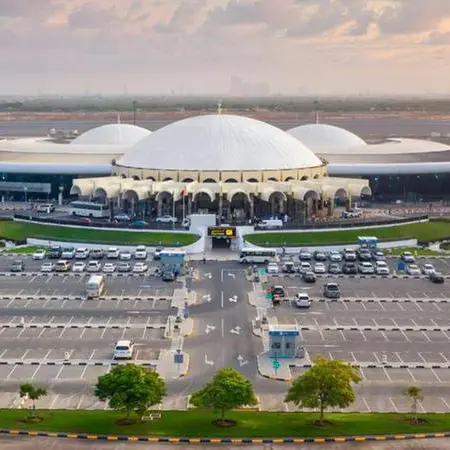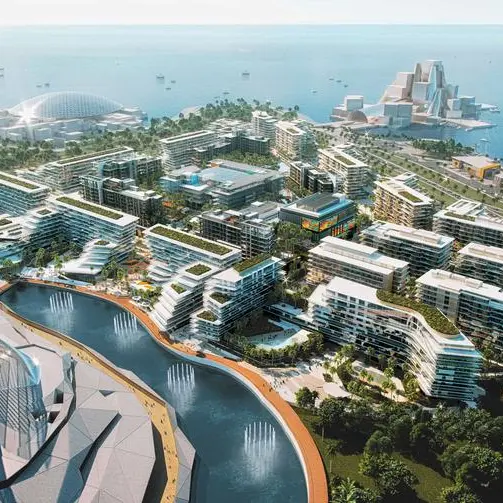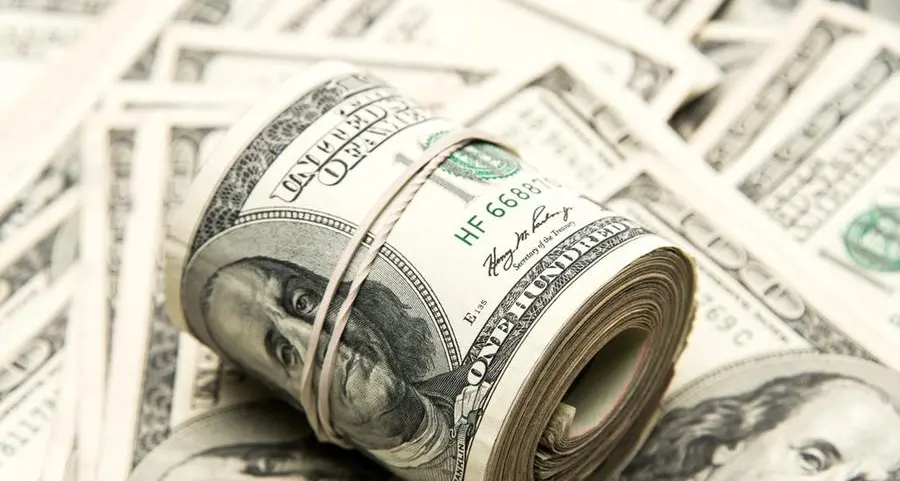09 August 2016
Muscat - Subsidy provided by the Omani government towards the supply of electricity to consumers across the Sultanate is estimated to total RO 495.6 million during 2016. This compares with an amount of RO 454.4 million in financial support extended by the government to the sector in 2015, according to the Authority for Electricity Regulation Oman.
Article (18) of the Sector Law enshrines a mechanism through which the Ministry of Finance provides electricity subsidy calculated by the regulator to licensed suppliers on an annual basis. The Authority undertakes separate calculations on the subsidy required by the three electricity distributors that are part of the Main Interconnected System (MIS) -- Muscat Electricity Distribution Company (MEDC), Majan Electricity, and Mazoon Electricity; the Rural Areas Electricity Company (RAECO); and Dhofar Power Company.
Subsidy is calculated as the difference between the economic cost of electricity supply (including financing costs) and revenues collected from customers.
According to the regulator, subsidy for the Main Interconnected System (which covers much of the northern half of the Sultanate) is estimated at RO 384.8 million in 2016. This is the amount necessary to be provided by the government to bridge the difference between the actual economic cost of supplying electricity to consumers (estimated at RO 822.6 million in 2016) and the revenues collected from customers (estimated at RO 437.8 million).
In effect, 47 per cent of the economic cost of supplying electricity to the MIS grid will be borne by the government in the form of subsidy this year, the Authority noted in its Annual Report 2015.
Significantly, the underlying subsidy per kilowatt-hour (kWh) of electricity is expected to drop by 12.2 per cent this year. Explaining the rationale behind this anticipated decline, the Authority said: "Between 2006 and 2014 the underlying economic cost of MIS supply increased by 142.3 per cent and output (in the form of MWh supplied) by 140.4 per cent. Subsidy per kWh increased by 0.1 baiza/kWh (or 1 per cent) over the same period.
A doubling in the price of gas sold to electricity generation plants resulted in a significant increase in underlying subsidy per kWh in 2015 (14.7 baiza/kWh) which is 54 per cent higher than 2014 (9.5 baiza/kWh), reflecting a 39 per cent increase in economic cost per kWh and no change in Permitted Tariffs. The Authority estimates that the underlying Subsidy per kWh will decrease by 12.2 per cent from 14.7 baiza/kWh in 2015 to 12.9 baiza/kWh in 2016."
On the other hand, the state-owned Rural Areas Electricity Company (RAECO), which covers areas that fall outside the grids of the MIS and Dhofar Power, will see its subsidy receipt rise to RO 72.6 million in 2016, up 8 per cent over the previous year's subsidy of RO 67.4 million. The growth in subsidy is mainly attributable to the anticipated increase in electricity output, the regulator said.
Subsidy to the Dhofar Power System, which serves grid-connected customers in Dhofar Governorate, is estimated at RO 38.2 million in 2016, which interestingly is 11 per cent lower than the previous year's subsidy of RO 42.8 million.
Of the five licensed suppliers that receive subsidy annually, Mazoon Electricity Company - which serves the South Batinah, Al Dakhliyah, and North and South Al Sharqiyah governorates - received 31.0 per cent of total subsidy of RO 454.4 million paid out by the government last year.
Muscat Electricity was next with 23.8 per cent of the total, followed by Majan (21.0 per cent), RAECO (14.8 per cent), and Dhofar Power (9.4 per cent).
Muscat - Subsidy provided by the Omani government towards the supply of electricity to consumers across the Sultanate is estimated to total RO 495.6 million during 2016. This compares with an amount of RO 454.4 million in financial support extended by the government to the sector in 2015, according to the Authority for Electricity Regulation Oman.
Article (18) of the Sector Law enshrines a mechanism through which the Ministry of Finance provides electricity subsidy calculated by the regulator to licensed suppliers on an annual basis. The Authority undertakes separate calculations on the subsidy required by the three electricity distributors that are part of the Main Interconnected System (MIS) -- Muscat Electricity Distribution Company (MEDC), Majan Electricity, and Mazoon Electricity; the Rural Areas Electricity Company (RAECO); and Dhofar Power Company.
Subsidy is calculated as the difference between the economic cost of electricity supply (including financing costs) and revenues collected from customers.
According to the regulator, subsidy for the Main Interconnected System (which covers much of the northern half of the Sultanate) is estimated at RO 384.8 million in 2016. This is the amount necessary to be provided by the government to bridge the difference between the actual economic cost of supplying electricity to consumers (estimated at RO 822.6 million in 2016) and the revenues collected from customers (estimated at RO 437.8 million).
In effect, 47 per cent of the economic cost of supplying electricity to the MIS grid will be borne by the government in the form of subsidy this year, the Authority noted in its Annual Report 2015.
Significantly, the underlying subsidy per kilowatt-hour (kWh) of electricity is expected to drop by 12.2 per cent this year. Explaining the rationale behind this anticipated decline, the Authority said: "Between 2006 and 2014 the underlying economic cost of MIS supply increased by 142.3 per cent and output (in the form of MWh supplied) by 140.4 per cent. Subsidy per kWh increased by 0.1 baiza/kWh (or 1 per cent) over the same period.
A doubling in the price of gas sold to electricity generation plants resulted in a significant increase in underlying subsidy per kWh in 2015 (14.7 baiza/kWh) which is 54 per cent higher than 2014 (9.5 baiza/kWh), reflecting a 39 per cent increase in economic cost per kWh and no change in Permitted Tariffs. The Authority estimates that the underlying Subsidy per kWh will decrease by 12.2 per cent from 14.7 baiza/kWh in 2015 to 12.9 baiza/kWh in 2016."
On the other hand, the state-owned Rural Areas Electricity Company (RAECO), which covers areas that fall outside the grids of the MIS and Dhofar Power, will see its subsidy receipt rise to RO 72.6 million in 2016, up 8 per cent over the previous year's subsidy of RO 67.4 million. The growth in subsidy is mainly attributable to the anticipated increase in electricity output, the regulator said.
Subsidy to the Dhofar Power System, which serves grid-connected customers in Dhofar Governorate, is estimated at RO 38.2 million in 2016, which interestingly is 11 per cent lower than the previous year's subsidy of RO 42.8 million.
Of the five licensed suppliers that receive subsidy annually, Mazoon Electricity Company - which serves the South Batinah, Al Dakhliyah, and North and South Al Sharqiyah governorates - received 31.0 per cent of total subsidy of RO 454.4 million paid out by the government last year.
Muscat Electricity was next with 23.8 per cent of the total, followed by Majan (21.0 per cent), RAECO (14.8 per cent), and Dhofar Power (9.4 per cent).
© Oman Daily Observer 2016
